Here is How to Get Rid of Beard Dandruff Once and for All
This post may contain affiliate links. Learn more.
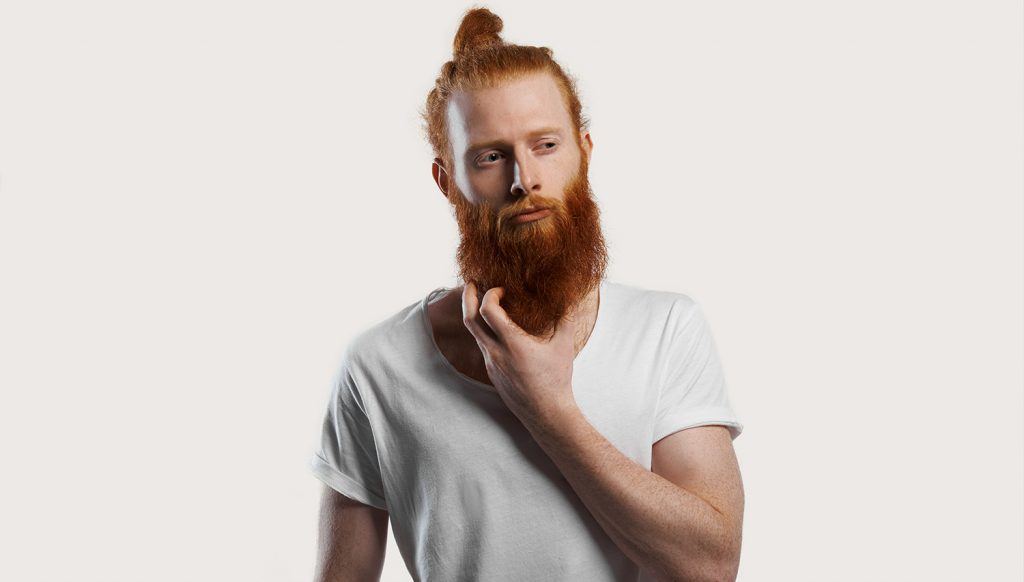
You worked too hard to grow a beard – and look so good with it – to let anything get in the way rocking it for a long time. But certain obstacles, like beard dandruff, can curb your enthusiasm big time.
Beard dandruff, for the uninitiated, is just what its name implies: dandruff on your beard.
Like dandruff on your head, it’s not something you or anyone wears proudly, and it’s often a pain to get rid of it. You’re certainly not alone, as many men are forced to battle with Demon Dandruff.
There’s hope, however, and we want to lead you to the proverbial light at the end of the tunnel with this handy guide filled with tips on how to get rid of beard dandruff.
First, let’s take a look at the how’s and why’s of beardruff. After all, it never hurts to know as much as possible about the beast you’re fighting.
Beard Dandruff: What It Is & Its Causes
To repeat: dandruff on your beard is no different than dandruff on your head.
Current estimates say that half the male population is affected by dandruff, beard or otherwise. It even has a scientific name – seborrheic dermatitis – which makes it seem even more fierce, come to think of it.
Small, white flakes are the most common and recognizable ‘symptom’ of beardruff, but a mild beard itch or a rash that pops up unexpectedly are other signs.
There are two primary causes of beard dandruff: fungal infections and dry skin, which are also the main causes of head dandruff.
Fungus infections stem from a microbe called Malassezia globose, which feeds on natural skin oils (sebum) and breaks them down into oleic acid.
And many people are sensitive to oleic acid, which triggers irritation that causes itching, redness, and prompts skin cells to shed and appear as dandruff.
Dry skin is often the result of using harsh cleansers or regular soap to wash your beard. They remove natural oils and leave your skin dry and flaky. Harsh weather conditions – such as extreme cold – may also dry out your skin.
There’s also some evidence that points to a yeast called Pityrosporum ovale as having something to do with dandruff in the beard. It’s a type of yeast that lives on the skin and causes it to flake off.
Now that we touched on its causes, let’s take a closer look at how to stop beard dandruff.
How You Can Get Rid of Beard Dandruff (A simple, illustrated guide)
1. Shampoo Your Beard

It’s the same approach you’d use for getting rid of dandruff on your head, but there is a difference in which products you use.
is, the same shampoo you use on your head – including a well-known anti-dandruff product such as Head & Shoulders – isn’t necessarily good for your beard.
Here’s a brief look at the differences between regular shampoo and beard shampoo (and why you should only wash your beard with a shampoo specifically made for it:
- Beard shampoos and washes don’t contain the harsh chemicals found in regular shampoo; chemicals the get rid of oils that can make the hair on your head look greasy. The natural oils produced by your skin are important to overall health of your beard. The sebaceous glands at the root of hair follicles produce the oil that keeps your beard moisturized and well-nourished. Beard shampoos, however, clean your beard without removing the needed oils produced by your skin.
- Regular shampoo is made to clean your hair but to also strip it of oils that cause your hair to look – and feel – greasy.
- A quality beard shampoo not only cleans your beard, but washes away dead skins cells that cause irritation, itching, and beardruff. But it leaves the oils in so your beard looks and feels healthy instead of dry and prone to split ends.
- An important ingredient found in beard shampoo is Ketoconazole, which works to treat seborrheic dermatitis.
There’s nothing overly complicated about shampooing your beard. First, wet it with water – in the shower if you’d like – and then apply a small amount of beard shampoo into the palm of your hand.
One of the many things to like about a good beard shampoo is that you don’t need a ton of it to work up a good lather.
Work the shampoo into your skin and beard with the tips of your fingers.
Shift the hairs of your beard in different directions as you scrub it and don’t be afraid to rub it in vigorously.
In fact, some experts say that applying a bit of extra pressure to the hair of a newer beard promotes follicle growth.
Once you’ve worked the shampoo into the beard and skin, rinse it out with warm water. The temperature of the water is important because warm water will open your skin’s pores, while hot water dries the skin out.
When you’re finished, dry your beard and skin with a towel. Excess water can irritate the skin if not dried out thoroughly.
And a final note: it’s not necessary to shampoo your beard every day.
In fact, too much shampooing may strip the natural oils from your skin that are such a big part of your beard’s overall health.
That said, shampooing your beard two or three times a week should suffice – even if your one of those eaters whose food often ends up in their beard.
Great example — Nizoral A-D Anti-Dandruff Shampoo
2. Condition it With Beard Oil
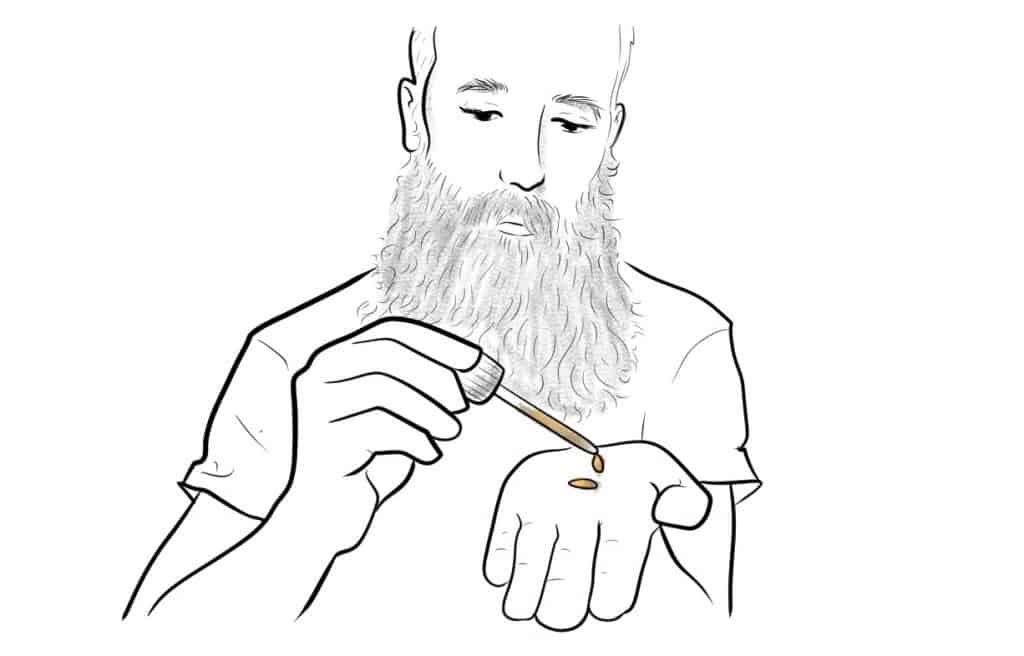
Beard oil helps keep your beard from itching and it helps to keep beard dandruff away.
It’s hard to say what’s absolute best beard dandruff treatment, but beard oil ranks right up there with the rest.
And while having a beard makes the skin underneath drier than normal because the hairs take moisture from the surface of the skin, and oil adds moisture to the skin while conditioning the hair.
Another reason to love beard oil is that it contains carrier and essentials oils that help to soften your skin and beard.
Carrier oils carry essential oils to the skin while delivering the oil’s therapeutic qualities.
They usually consist of cold-pressed vegetable oils that come from the fatty portions of a plant.
Among the carrier oils commonly found in beard oil are jojoba oil, coconut oil, castor oil, vitamin E oil, and many others.
Coconut oil, for example, has antibacterial and antifungal qualities. It’s an excellent moisturizer and contains lauric acid, which helps decrease inflammation that may lead to beard dandruff.
Tea tree oil, another carrier oil, has been part of natural remedies – and not just for beard care – for many, many years. It’s also antifungal while soothing and healing the skin and hair.
Essential oils are what give plants their characteristic aroma and consist of more volatile compounds than those found in carrier oils. While they don’t provide similar health benefits as carrier oils, they do deliver the beard oil’s unique scent.
You can use beard oil often, perhaps even every day, although you should try to use it at least three times a week. It’s best to apply beard oil after you shower and after you’ve dried your beard.
It’s OK if your beard is slightly damp when you apply beard oil, but don’t apply oil the first thing after you step out of the shower.
A little beard oil goes a long way: you only need a few drops per application.
If you have sensitive skin or skin that’s naturally oily, avoid any ingredients that could clog your pores. You should also avoid any oil that contains alcohol.
If you have a long beard, you may need to use a beard brush or beard comb to make sure that the oil is distributed evenly across your hair follicles.
Great example — Jack Black Beard Oil
3. Use a beard brush
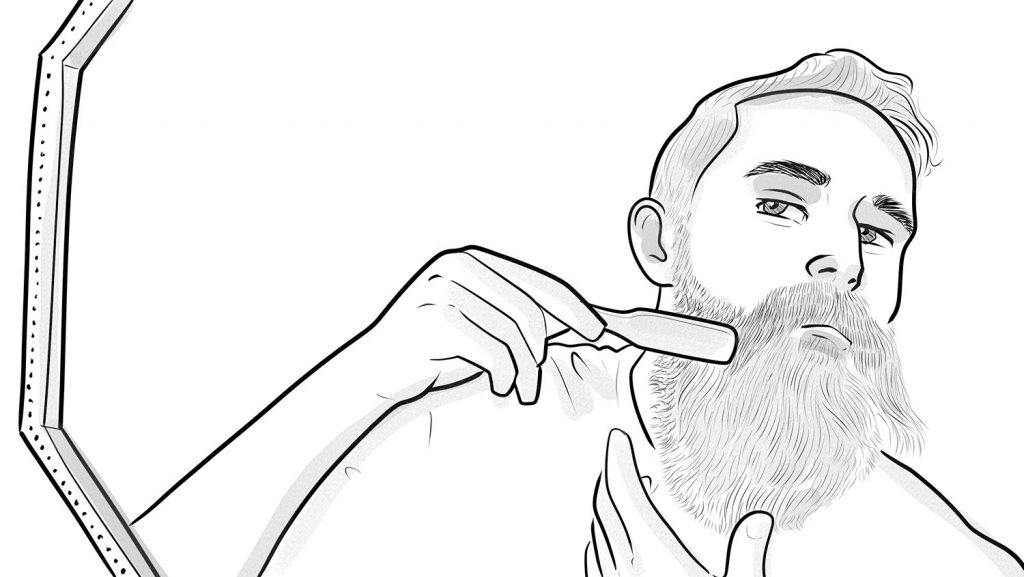
Obviously, you don’t want to stop there, but you should then wash your beard in the shower to get rid of unwanted flakes (while using a quality beard shampoo, of course).
But a brush – and not just any brush, but a beard brush – does much more than just exfoliate the skin.
- Beard brushes promote hair growth while prohibiting hair loss. The bristles of a beard brush gently massage the skin while increasing blood flow to your hair follicles.
- A beard brush enables you to distribute evenly the natural oils produced by your skin. In turn, this helps to repair dry, itchy, and flaking beards.
- A brush improves your beard’s texture (and look) by loosening knots, tangles, and excess curls. Your beard will have a fuller, more conditioned look.
- You’ll keep your beard cleaner by using a beard brush because it helps to remove loose dirt and other debris that may accumulate in your beard throughout the day.
One point we can’t emphasize enough is that you need to use a brush that’s meant for your beard, not for your head.
The hair on your head and your beard are different in many ways, including texture, the amount of oil, etc.
The good news is that you have plenty of beard brushes to choose from, including those with synthetic bristles and those with natural bristles.
We strongly recommend using a brush with natural bristles – particularly those made of boar hair – because they spread oils naturally and gently remove knots and tangles.
While a beard brush alone won’t eliminate dandruff, it’s an important part of the process when it comes to how to prevent beard dandruff.
Great example — Beard Brush by ZilberHaar
- But what about a beard comb?
While some men may wonder if they can use a beard comb rather a brush, a brush is more helpful when it comes to dealing with dandruff. Beard combs are excellent for styling your beard and mustache, while a brush gives your beard a fuller look.
Moreover, brushes are often more useful during the early stages of beard growth.
Beard combs are useful for several reasons, however, including that they help prevent ingrown hair, help keep your mouth clear of facial hair, while also helping to distribute beard oil evenly.
Great example —Baxter of California Beard Comb
4. Use a Beard Balm
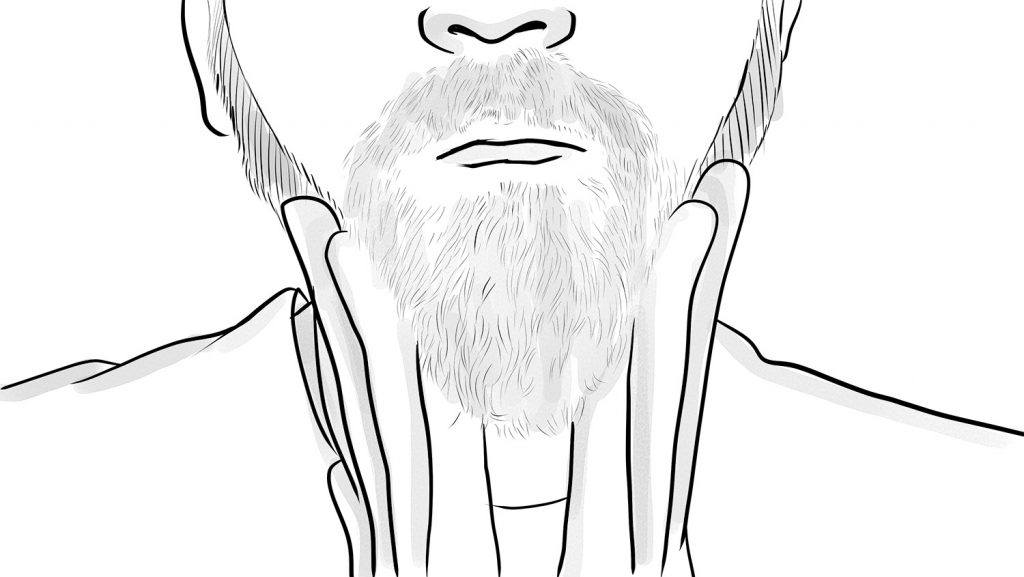
Beard balm – again, like beard oil – is made of ingredients that closely resemble your skin’s natural sebum while providing much-needed hydration to your skin. Hydration, as you know, is essential to deal with dry skin that leads to beard dandruff.
One way to define beard balm is to say that it’s a leave-in conditioner (meaning you don’t rinse it out after application) that’s ideal for styling your beard – and for helping you take on the beast known as beardruff.
There are many beard balms to choose from, but almost all of them include beeswax and cocoa butter on their list of ingredients.
Beeswax, which is secreted from a worker bee’s abdomen, is the stuff that holds a beehive together – just like the framework of a house. In other words, it’s strong stuff and when used on your beard it will keep stray hairs and your favorite style in place with no problem.
Meanwhile, cocoa butter, and other butter such as shea butter that you’ll find in beard balm, not only improve the spreadability of your beard balm but also provides hydration to your skin and hair follicles.
When it comes to consistency and texture, beard balm resembles lip balm and comes in a smooth paste that’s easy to shape in your hand.
Beard balm is particularly effective on longer beards. After all, the longer and denser your hair is, the more you’ll need help from a product that keeps stray hairs in place.
Nonetheless, men with varying beard lengths can use beard balm, and the fact that it holds moisture it makes it great for fighting beardruff.
Great example — Honest Amish Beard Balm
5. Eliminate Stress
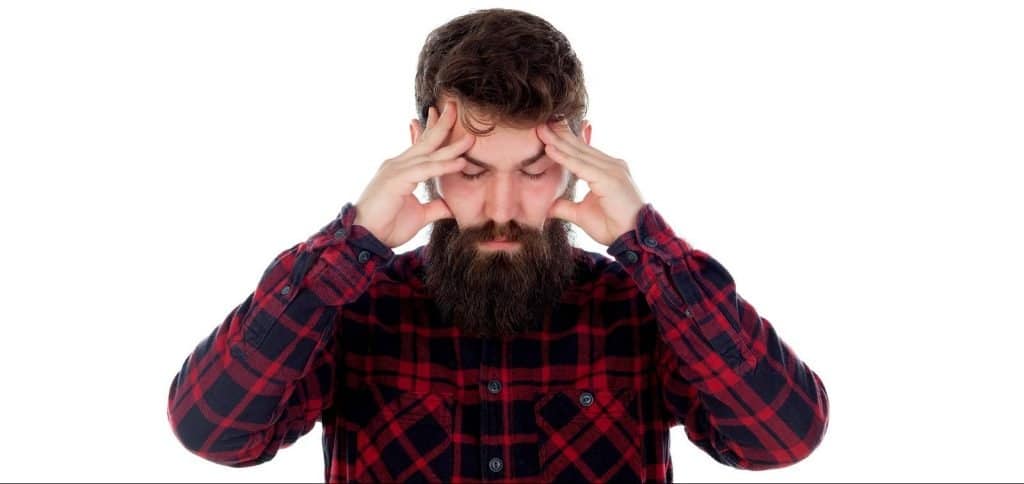
Make sure you get enough sleep, as well.
A lack of sleep may lead to stress and, well, you’ll function a whole helluva lot better when you’re well-rested.
6. Use a Lactic-Acid Cleanser
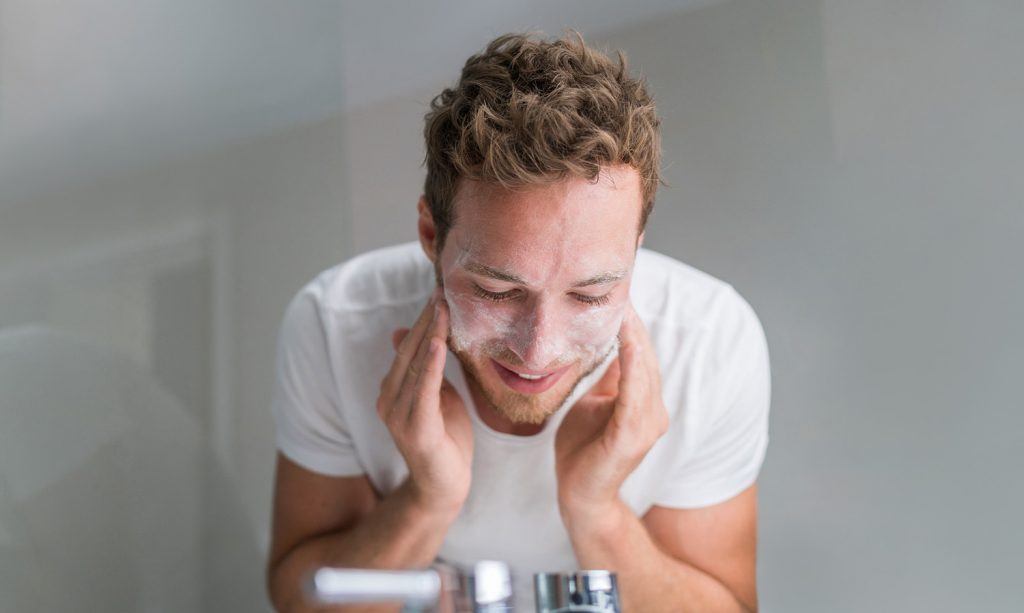
How does it work?
Lactic-acid cleanser is an exfoliating agent that removes dead cells from the upper layer of your skin.
Again, it sounds harsh, but lactic-acid is gentler and less irritating than glycolic acid, another acid commonly found in chemical peels and other skin products. Lactic-acid also helps hydrate the skin.
So, lather up your beard with a cleanser that contains lactic-acid, rinse it off, and you may find that your unwanted beardruff flakes are long gone.
7. Natural Beard Fighting Remedies
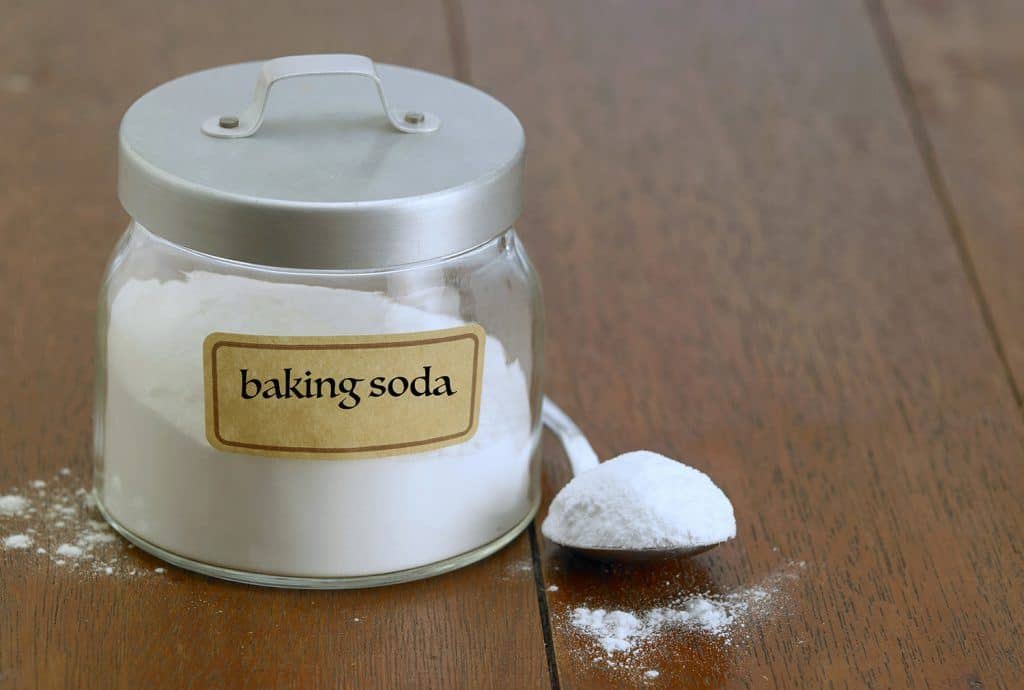
- Baking soda
Baking soda is one of those products with seemingly a few hundred uses, including as a dandruff-fighting agent. It works as a mild exfoliant that helps get rid of dead skin.
- Aloe vera
You’ll find aloe vera in a variety of beard, shaving, and skin products. It’s soothing, healing, and will ease the itchiness and dryness of a flaky beard. It’s also packed with vitamins and minerals that are helpful in maintaining your natural skin tone.
- Lemons
Lemons? Yes, lemons. Natural acids found in lemons relieve flaky skin. A mixture of lemon juice, honey, and a small amount of water may have many benefits for your beard.
- Water
We all know about the importance of drinking water throughout the day. Not only does drinking several glasses of water a day prevent dehydration, it also helps you to flush out toxins that lead to dandruff.
- Aspirin
Beard dandruff is a pain in the ass (and a headache), but that’s not why we include aspirin on this list. But aspirin contains salicylic acid – an important ingredient in many anti-dandruff shampoos.
8. Healthy Diet

Maintaining a healthy diet can prevent your skin from drying out while also providing essential vitamins and minerals that keep it nourished and healthy.
Foods that are rich in vitamin A, such as eggs, milk, carrots, sweet potatoes, etc., can help repair damaged skin tissue and also encourage hair growth. Also, foods containing vitamin C and E promote the production of sebum oil, which is essential to keeping skin hydrated.
Meanwhile, Omega-3 fatty acids found in salmon and other types of fish also play an important role in skin and hair care.
For one, these acids protect the cell membranes of your hair and skin and prevent them from weakening. In turn, this helps your cells to retain water instead of drying them out.
9. Get Active

Working out balances the hormones in your body, promotes sebum oil production and skin regeneration, while the increased blood flow created by exercise helps distribute nutrients to the skin more efficiently.
Furthermore, exercise relieves stress, and we talked earlier about stress and its role in making your more prone to dandruff.
You may think that you are not going to be active, but if you already have the occasional bad habbit going on, it makes sense to replace it with a good one. Instead of always sitting around, start moving by walking or even running.
Do jumping jacks or step ups while listening to music.
10. See a Doctor
If you’ve tried everything to find a beard dandruff cure but haven’t had success, then you may need to seek help from a dermatologist or other medical professional. You may have an abnormal skin condition that requires prescription medication.
Breaking it Down: A Sample Routine
Simply following a regular grooming routine is an effective way to prevent beard dandruff while ridding yourself of those nasty white flakes. Here’s a sample routine that brings together most of the points we’ve covered above to create a dandruff-killing plan:
- If you have time, exfoliate the skin to get the dirt, debris, and dandruff flakes out of it. Exfoliation will also rid your beard of fungus and dead skin cells.
- Clean your beard with a shampoo that’s gentle enough that it won’t irritate or dry out the skin.
- Towel dry your beard after you’re finished washing it and are out of the shower. Be gentle and don’t apply too much pressure when using a towel. And, remember, rinse your beard with lukewarm – not hot – water, that will help you maintain your beard as well.
- Apply beard oil and massage it to the roots of your beard hair follicles. It’s OK to apply beard oil every day – and even twice a day if you feel it’s necessary. You may want to use beard balm instead of oil on a long beard, but there’s no need to rub balm into the roots of your hair as you would with beard oil.
- Use a beard brush to groom your beard. We recommend using a brush that has boar’s hair bristles. Brushing your beard makes it look fuller, denser, and well-styled, while also evenly distributing beard oil (and your skin’s natural oils) throughout your beard.
- You may want to use a beard comb before you brush it. Using a comb with narrow teeth will help lift out any remaining dandruff flakes.
Conclusion
Thanks for reading and, as always, we welcome your feedback and input. Have you found successful solutions to your beard dandruff? Or, have you tried any of the methods above? We’d love to hear from you.
Until next time.
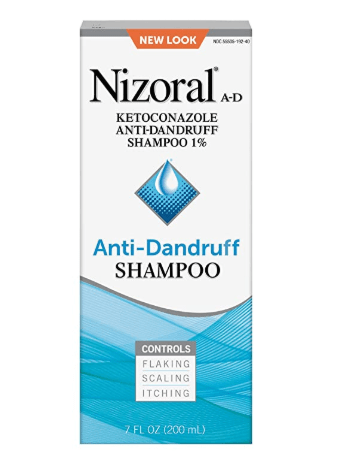
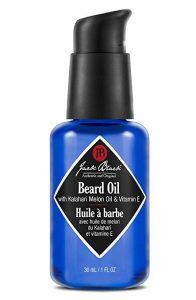
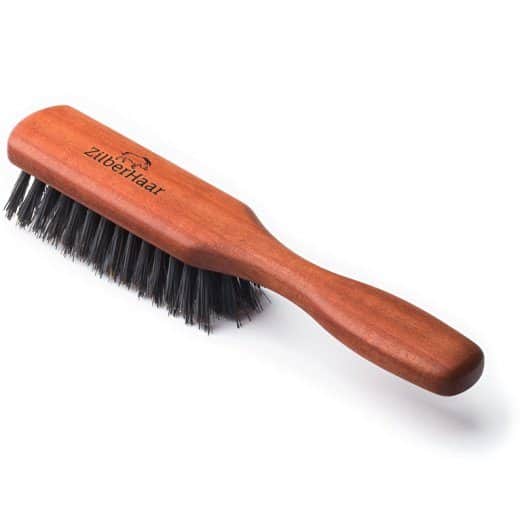
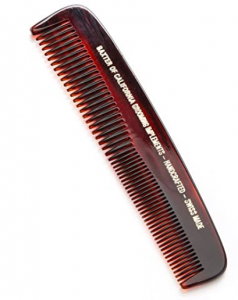
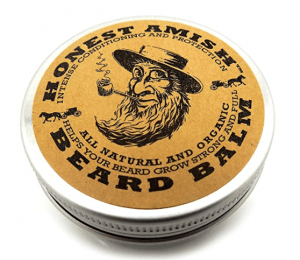
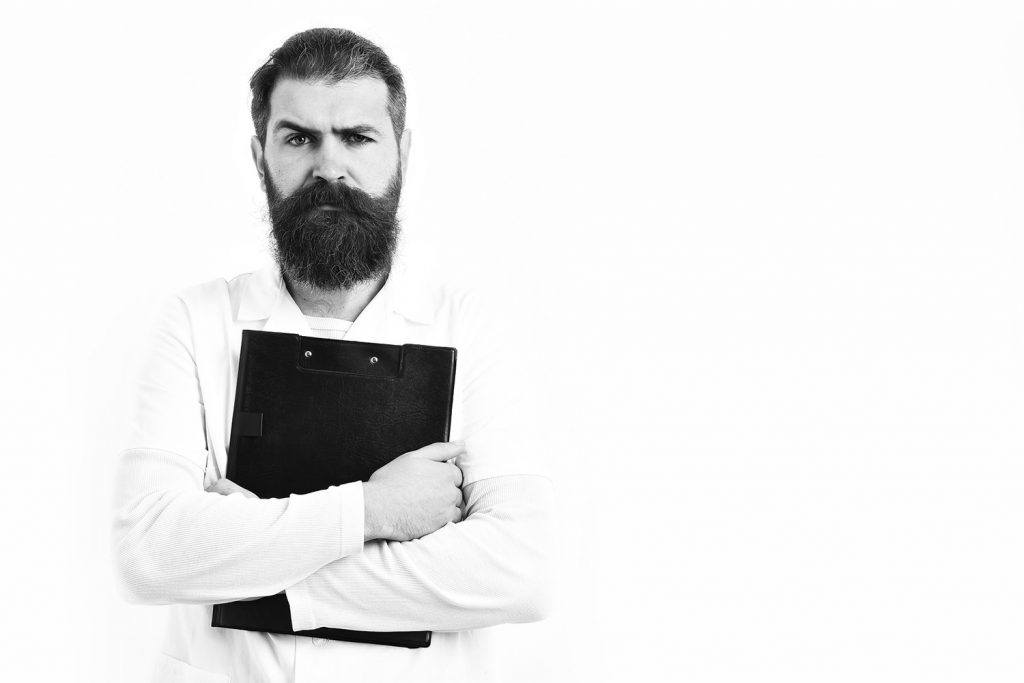
1 Comment
Generally I don’t read article on blogs, but I wish to say
that this write-up very compelled me to try and do it!
Your writing style has been surprised me. Thanks, quite great post.